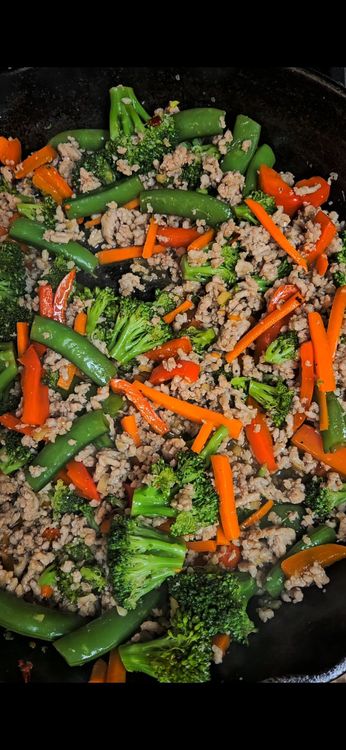Flavorful Ferments Made Easy
Discover the art of fermentation with this vibrant collection of recipes! Perfect for home cooks and food enthusiasts, these step-by-step guides will help you create tangy, probiotic-rich delights that are as nutritious as they are delicious. From simple staples to bold culinary experiments, unlock the secrets to crafting wholesome, gut-friendly foods right in your kitchen.
FAQS
What are the easiest fermented foods to start with?
Begin with simple recipes like sauerkraut, kimchi, or yogurt. These require minimal ingredients and are perfect for fermentation beginners.
How do I ensure my fermented foods are safe to eat?
Use clean equipment, follow recipes closely, and monitor for off smells or mold. Proper salt ratios and temperatures are key to safe fermentation.
What are the health benefits of fermented foods?
Fermented foods are rich in probiotics, which support gut health, improve digestion, and may boost immunity. They’re also packed with nutrients.
Can I ferment foods without special equipment?
Yes! Many recipes only require basic kitchen tools like jars, weights, and a clean cloth. Specialized equipment can make the process easier but isn’t necessary.
How long do homemade fermented foods last?
Properly stored in the fridge, most fermented foods can last several months. Always check for changes in smell, texture, or taste before consuming.
What are some creative ways to use fermented foods in meals?
Add kimchi to fried rice, use sauerkraut as a sandwich topping, or mix miso into soups. Fermented foods add tangy, umami-rich flavors to dishes.
Why is salt important in fermentation recipes?
Salt creates an environment that encourages beneficial bacteria while inhibiting harmful ones. It also enhances flavor and texture in fermented foods.




























